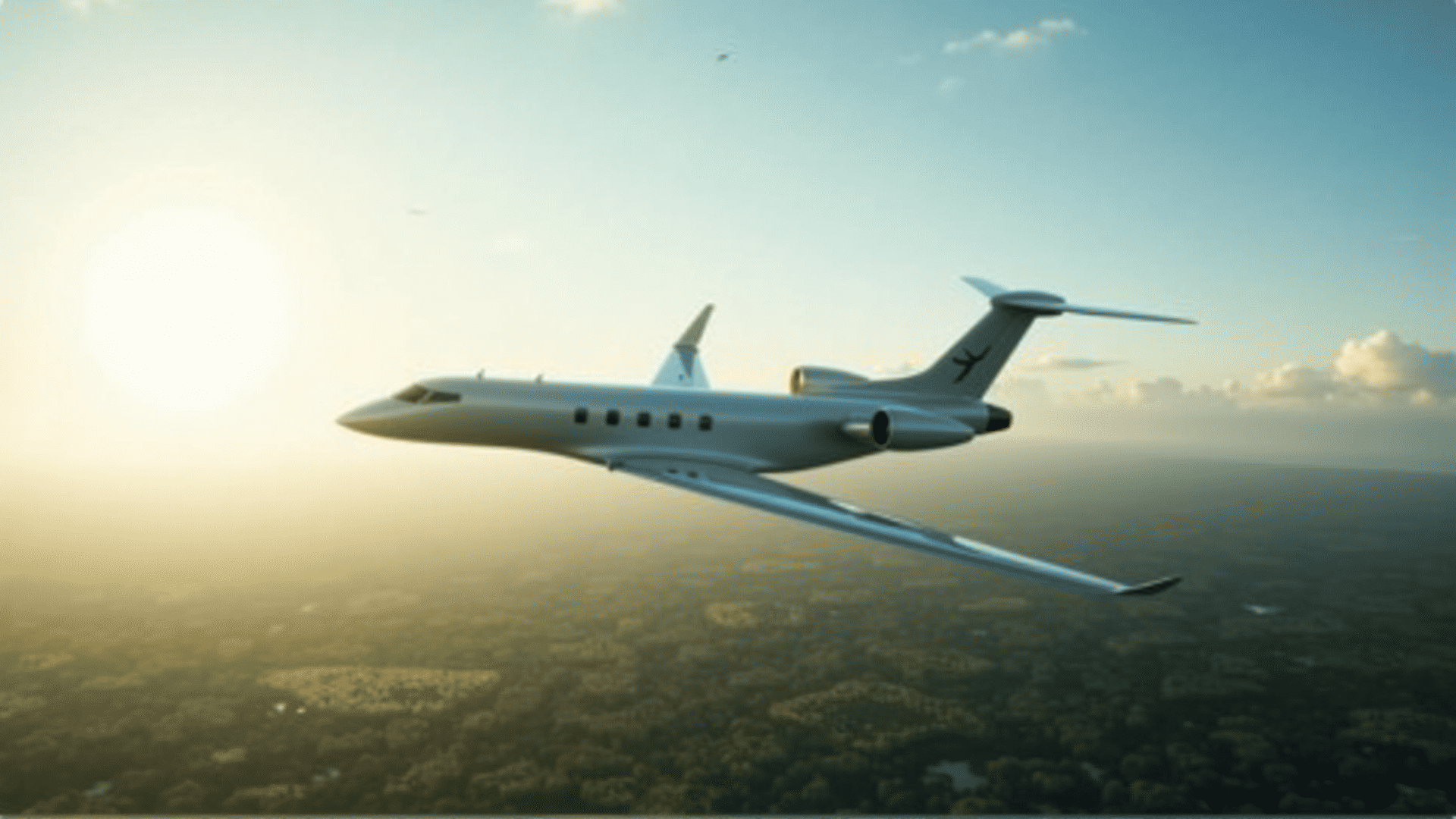As the world grapples with the pressing need to combat climate change, the aviation industry is increasingly turning its gaze skyward in search of sustainable solutions. The push for greener skies reflects a growing acknowledgment of the environmental impact of air travel, which contributes significantly to global carbon emissions. However, innovative environmental solutions in aviation are paving the way for a more sustainable future.
One of the most promising advancements in this quest for sustainability is the development of sustainable aviation fuels (SAFs). These fuels, derived from renewable resources such as biomass, municipal waste, and even carbon dioxide captured from the air, offer a cleaner alternative to traditional fossil fuels. By harnessing the power of these greener energy sources, the aviation sector aims to dramatically reduce its carbon footprint. SAFs can reduce lifecycle greenhouse gas emissions by up to 80% compared to conventional jet fuel, making them a critical component of the industry's sustainability strategy.
The journey toward greener skies also involves the reengineering of aircraft design. Engineers and manufacturers are exploring novel materials, such as lightweight composites, that can reduce aircraft weight and, consequently, fuel consumption. Advanced aerodynamics and new engine technologies, like open rotor and blended wing body designs, are further enhancing efficiency and reducing emissions. Electric and hybrid propulsion systems are emerging on the horizon, with several companies making significant strides in developing electric aircraft for short-haul flights.
Digitalization plays a crucial role in enhancing flight efficiency and sustainability. Modern air traffic management systems are being revamped to optimize flight paths, minimize delays, and reduce unnecessary fuel burn. This includes the implementation of satellite-based navigation systems that allow for more direct routes and improved traffic flow management.
The concept of urban air mobility (UAM) is also gaining traction, offering the promise of environmentally friendly, drone-like aircraft that can transport passengers within urban settings. These electric vertical takeoff and landing (eVTOL) aircraft are designed to relieve ground traffic congestion and provide a sustainable alternative to traditional ground transportation.
Airlines across the globe are committing to net zero emissions by mid-century, pushing for the adoption of carbon offsetting and carbon capture technologies in tandem with these technological innovations. International collaborations and policy frameworks are instrumental in achieving these goals, with initiatives like the Carbon Offsetting and Reduction Scheme for International Aviation (CORSIA) setting the stage for industry-wide accountability.
Consumer awareness and demand for sustainable travel options further spur the industry's transition. As travelers become more conscious of their environmental impact, they are increasingly opting for airlines with robust sustainability commitments and transparent emissions reporting.
While challenges remain, such as the scalability of SAFs and the need for substantial infrastructural investments, the momentum towards sustainable aviation is undeniable. The industry's ongoing transformation promises not only to mitigate its environmental impacts but also to usher in a new era of cleaner, more efficient air travel.
In this shared journey towards greener skies, the cumulative efforts of innovators, policymakers, and consumers will define the pace and trajectory of sustainable aviation. By embracing these innovative environmental solutions, the aviation industry is charting a path to a sustainable future, one where the skies remain both as inviting and inspiring as ever.
